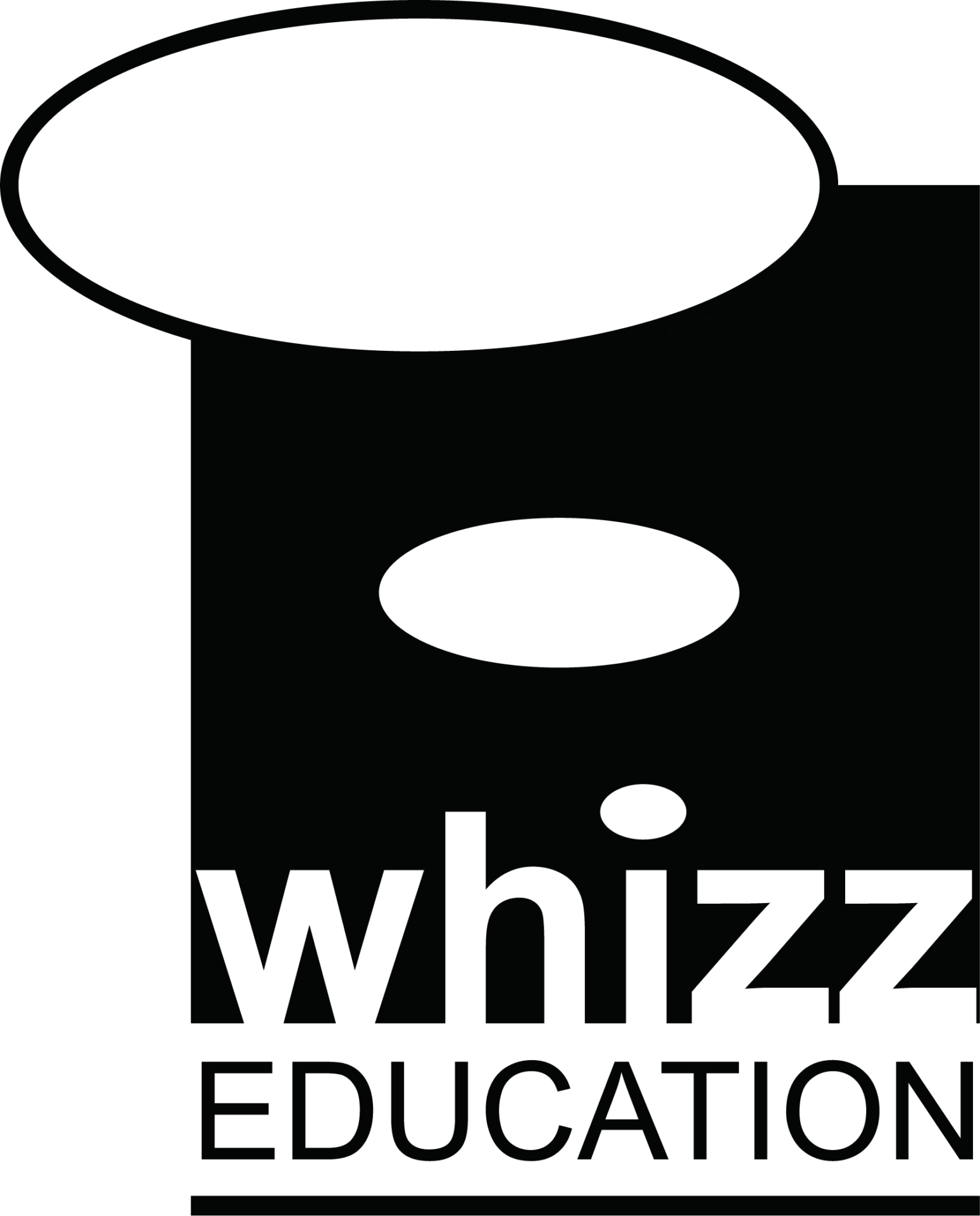It is a phenomenon of global education policy that literacy is the primary area of focus. The World Bank’s recently released working paper on learning poverty leads with the question of ‘will every child be able to read by 2030?’ Its technical conceptions of learning poverty have so far been centered on reading comprehension. While mathematics (or, at least, numeracy) is placed alongside reading as a core literacy, it has not yet benefited from the same definition and measurement.
In a similar vein, discussions of educational inequality often center on disparities between students’ literacy levels. The ‘vocabulary gap’ between economically advantaged and disadvantaged students, for instance, is a mainstay of US education discourse and a stimulant of investment and attention.
One justification for prioritising foundational literacy is that, according to a range of international metrics, students have made less progress in reading than in mathematics according to national and international metrics. Yet one of the emerging insights from the pandemic is that, counterintuitively, learning loss (defined as the erosion of previously acquired knowledge) is greater in mathematics than in reading. Studies in contexts as wide-ranging as the US and rural Africa show that not only have students lost more ground in mathematics in an absolute sense, the achievement gap between students in different socioeconomic groups has been exacerbated.
It is time, therefore, to place mathematics on an equal footing with reading, and to embrace both as foundational components of education.
In practical terms, this means that investments targeted at accelerated learning for struggling students should expand their focus beyond early grade literacy. In the US, for example, the Los Angeles Unified School District is an example of a large school system that is pursuing just such a holistic approach. The district has committed to expanding its highly effective Primary Promise Initiative, making targeted investments in systematic teaching, effective small group instruction, and individual tutoring, all with the goal of reinforcing foundational knowledge in literacy, math, and critical thinking in the early grades.
In a global context, we must also consider what learning poverty means in the context of mathematics. The ability to read fluently, while still open to some interpretation, lends itself to well-defined measures. What equivalents are available for mathematics? Whizz’s own Maths Age metric is one candidate, as a measure of students’ core mathematical knowledge and skills (calibrated to an underlying set of knowledge outcomes specified by mathematics experts). It was, in fact, modelled on the existing ‘Reading Age’ metric and serves much the same purpose of tracking students’ progress through a core curriculum. There may be other skills, such as problem solving and reasoning, that are equally deserving of our attention, but perhaps thornier to define and measure.
Measurement must never get in the way of good learning and teaching, of course. But when implemented with fidelity, metrics that speak to foundational learning can shine a light on students’ greatest areas of need, and remind us of the uncomfortable truth that the attainment gap has persisted and grown during the pandemic. This truth belongs to mathematics just as much as it does to reading. Learning poverty must encompass both and, in doing so, ensure children are equipped with the full range of literacies they’ll need to thrive in society.
